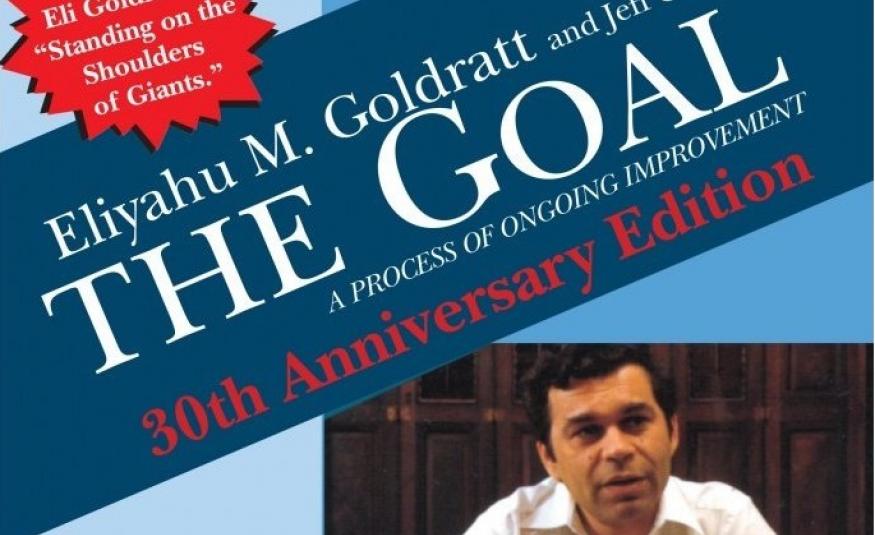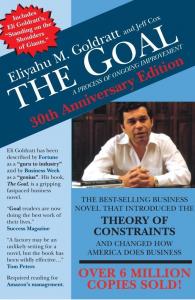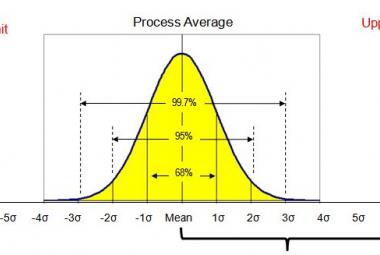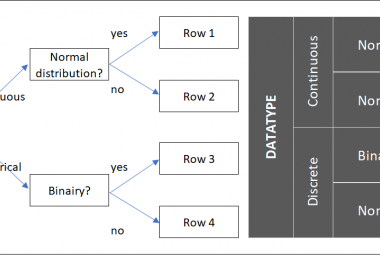In his book ´The goal´, Eliyahu Goldratt describes a new method to optimize production environments: the Theory of Constraints (TOC). Where traditional efficiency theories are focused on maximizing machine outputs to gain advantages of large scale production, the TOC focusses on the utilization of the Bottleneck machines only, to help the organizations reach its goal: generating money to make sure the company can exist in the nearby future. In this novel, a production manager (Alex Rogo) is mentored by management guru (Jonah) to help optimizing Alex´s Plant and prevent it from closing down.
In our current economic system, one only needs one type of asset to be able to exist: Money. THE GOAL of every company or plant should therefore be to keep generating money, to make sure the plant can still be there tomorrow to generate jobs and welfare. This book starts off with a lot of discussion on how the generation of money can be measured. Goldratt proposes THREE MEASURES FOR GENERATING MONEY:
- Turnover, which is the speed in which money is generated by means of sales
- Inventories, which are investments the company makes to be able to produce products
- Operational Expenses, the costs necessary to turn the inventories into sellable products
One of the first Lessons Jonah teaches Alex is the myth of advantages of scale; also known as large-sclae production. When a product is not sold directly after producing it (generate turnover), production only leads to unnecessary inventories and operational expenses. When these two types of costs rise, how can the cost price of a product decline? Luckily, Jonah also knows another method of production which will help a company to generate money in a more efficient way.
The THEORY OF CONSTRAINTS is based on the possibility that the output of different machines in one production process can differ from one another. The slowest machine will always determine the speed in which products can be produced and therefore also the speed in which sales can be realtized, the turnover. This slowest machine is called the Bottleneck. The costs of one lost production hour on the bottleneck machine can calculated by determining the output of the machine (number of products) and multiply it with the sales price of the end product.
How is the TOC put to practice? Goldratt describes the DRUM-BUFFER-ROPE principle to optimize efficiencies of bottlenecks.
- DRUM describes the speed in which machines should produce. This speed is based on both custumer demand and the bottleneck. By allowing no machine to produce faster than the bottleneckmachine, one prevents the built-up op inventories.
- A BUFFER is placed before the bottleneck machine to prevent it from starving, or idling, for material. one hour of not producing costs the company one hour of sales which can be produced in one hour.
- The ROPE represents a maximum amount of Work In Process (WIP) in the line. During a hiking trip, Alex discovers that the difference in speed in which the kids walk lead to growing distance between the first and the last kid in line. This distance represents the Inventory in a factory. By binding the boys together with a rope, the faster boys are forced to walk slower and the maximum distance between the first and the last boy is managed. By determining the length of the rope, the so called WIP-cap, one can prevent different workstations from overproducing.
The Drum-buffer-rope principle helps the organization to maximize PRODUTION THROUGHPUT. A possible measure for throughput of a factory is the Lead time, which is the total time a product spents in the factory, from raw materials to end product. Goldratt describes four types of time:
- Change-over times, the time a product(part) has to wait before it can continue being produced
- Process time, the time necessary to alter the products and add value to it#
- Queue time, the time a product spends waiting for other products in the same batch which need to be processed on a machine
- Waiting time, the time a product spends waiting for other parts or materials.
These different times of time are interrelated. Reducing batch size by 50% for instance, can lead to twice as many change-over-times but at the same time also to a reduction of waiting-times by 50% on different workstations. Reducing Batch sizes is thus not per definition an improvement, but needs to be evaluated for every situation.
Goldratt´s Theory of Constraints describes managing production processes by managing bottleneck machines. It is possible though, that a process has multiple bottlenecks. The three measures Turnover, inventories and Operational Expenses are optimized when the productivity of the bottleneck machines are maximized, while for all other machines, the batches and inventories are kept as low as possible
This way of optimizing production processes requires a different method of measuring efficiency. One example is the cost per part produced, which is traditionally increased when change over times increase. A second example is the result of lowering ´assets´ on the balance sheet when inventories are reduced.
Implementing Goldratt´s tools, as well as Lean Tools, ask for a radical change in organizations, both in terms of production management as well as accounting.
Continue to:
The Fifth Discipline - P.Senge (summary)
SOURCE:
Goldratt, E.M, 1986, The Goal - a Process of Continuous Improvement, Great Barrington (MA): The North River Press Publishing Corporation (order this book)
















